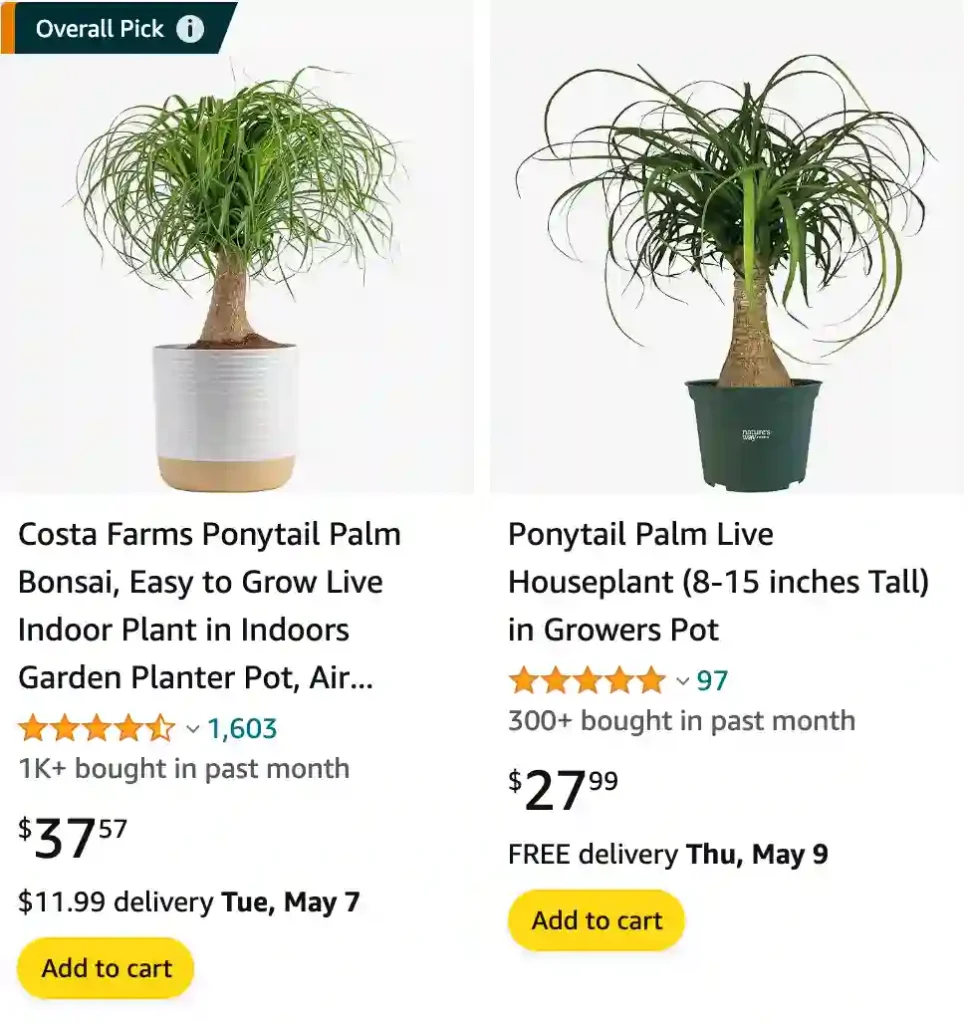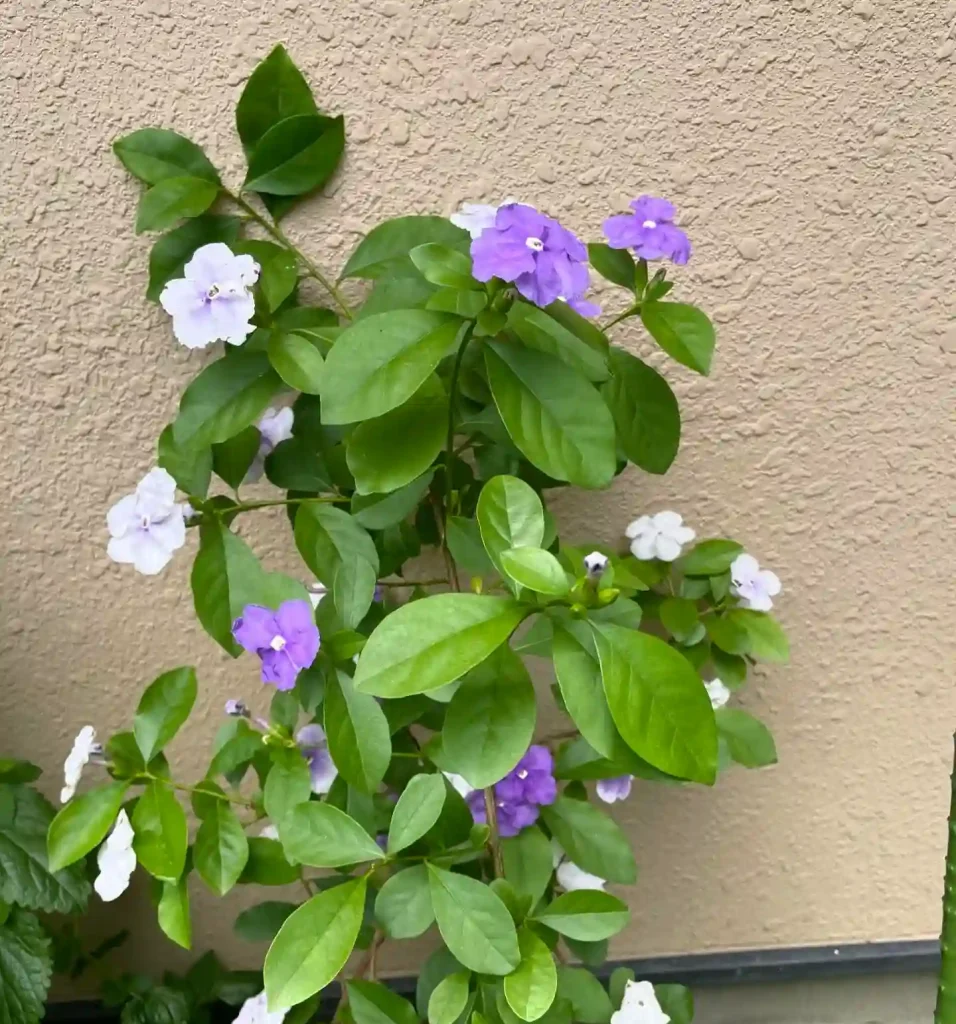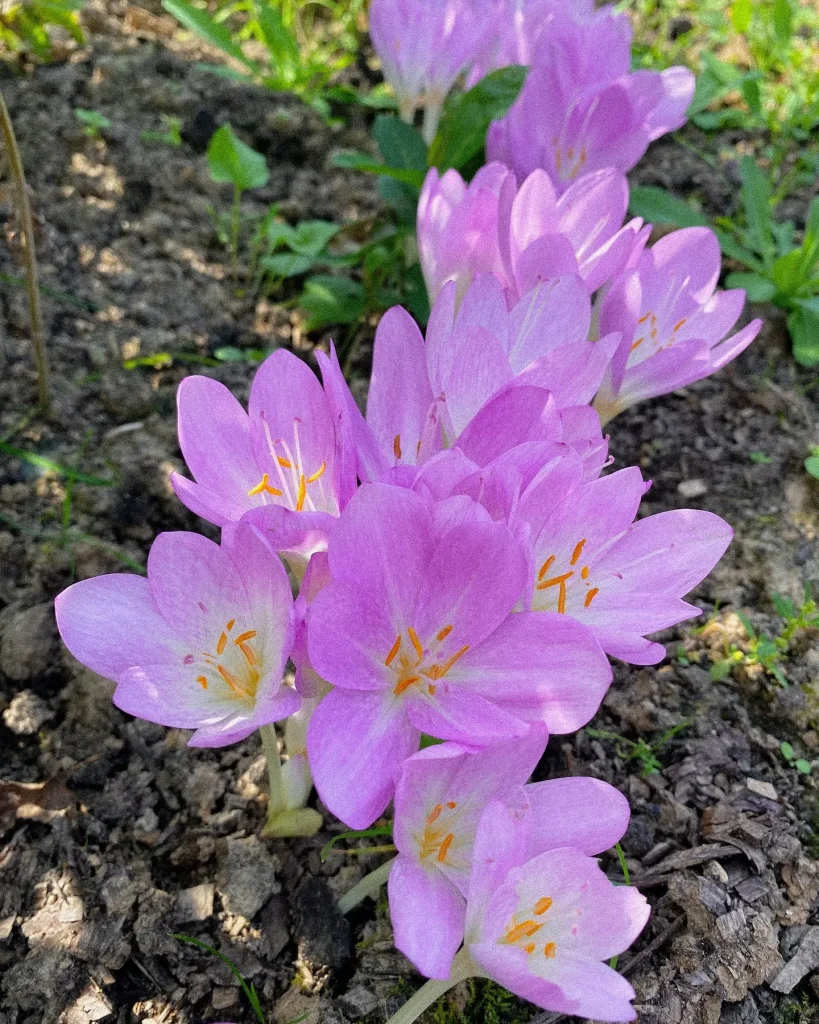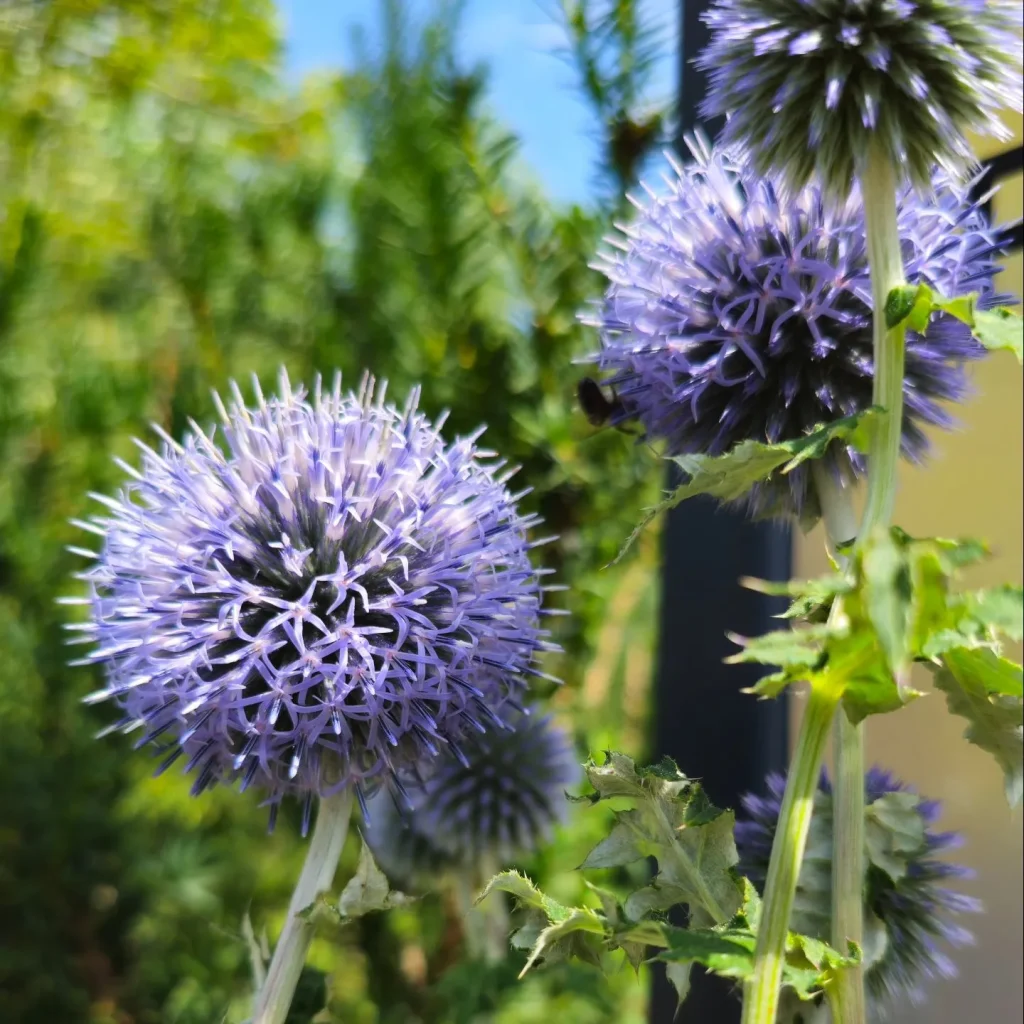
How big do ponytail palms get?
I snagged my ponytail palm at a little cactus and succulent shop a few years back. It was this adorable little thing, all bulb and a few scraggly leaves. The lady there assured me it wouldn’t take over my apartment, and that’s definitely held true. It’s grown for sure, maybe a foot or two taller, but it’s definitely not a space hog. It puts out a new leaf every now and then, but it’s slow and steady growth. I can’t imagine it ever getting too big for a sunny corner! Maybe if I lived somewhere tropical and planted it outside, it could become a whole tree, but that seems like a faraway dream for my little houseplant.
How often to water ponytail palm?
My poor ponytail palm almost became a goner all because of my watering can trigger finger. I figured, hey, it’s a leafy plant, it must need constant moisture, right? Wrong! Let me tell you, these guys store water in their bulbous base, so they’re like little built-in reservoirs. Now I wait until the soil is completely dry, all the way down to my knuckle when I stick my finger in. Sometimes that means weeks between waterings, especially in the winter. It’s better to underwater than overwater for sure. My palm seems much happier now that I’ve learned my lesson – it even perked up a droopy leaf or two!
How to propagate ponytail palm?
My ponytail palm actually surprised me with a pup a while back! It was this cute little mini-me sprouting from the base. I’d heard you could propagate them from these pups, so I decided to give it a shot. It was a bit nerve-wracking – you don’t want to hurt the mama plant! But I took a deep breath, sterilized a sharp knife, and carefully sliced the pup away, making sure to get a good chunk of the bulb attached. I let the cut end callous over for a day or two, then planted it in a pot with well-draining cactus mix. I kept the soil barely moist and placed it in a warm, bright spot. It took a few weeks, but eventually a new little leaf emerged, and I knew it had taken! It’s definitely slow going, but it’s so rewarding to watch my tiny ponytail palm sprout into its own little plant.
How to make ponytail palm grow taller?
My ponytail palm definitely isn’t winning any height contests. It’s happy and healthy, but it’s more of a compact grower. I’ve done some research though, and apparently giving them the right kind of sunshine is key. Apparently, these guys crave bright, indirect light. Mine gets some morning sun through the window, but maybe I should try moving it somewhere a little brighter. Some folks also say repotting into a slightly larger pot with fresh, well-draining soil can encourage some growth spurts. I might give that a try come spring when everything seems to perk up anyway. Here’s hoping for a little extra height from my little buddy!
How to repot a ponytail palm?
Repotting my ponytail palm was a bit of an adventure! It wasn’t hard, but it took some patience and care. First things first, I waited until the soil was completely dry – like, bone dry. Then I gently squeezed the sides of the pot to loosen the roots. The pot wasn’t huge, so I didn’t need to wrestle with it too much. For the new pot, I went just a size bigger – too big can be bad for these guys. I filled it with a mix of cactus soil and perlite for extra drainage. The tricky part was the root ball. I loosened the soil around the edges carefully and took a peek. The roots looked healthy, so I didn’t mess with them too much. Just a slight loosening to encourage them to explore their new home. Then I placed the palm in the new pot, filled in the gaps with the soil mix, and gave it a good soaking (the first and only watering for a while!). It seems happy in its new digs, and hopefully with some extra space, it might even decide to shoot up a bit!
Why is my ponytail palm turning brown?
Oh no, brown leaves on a ponytail palm! That’s happened to me too, and it can be a bit tricky to diagnose. Since these guys are such champions at storing water, it can be confusing whether they’re thirsty or drowning. Usually, though, the browning can tell a bit of a story. If the brown bits are crispy and dry at the tips, that usually means I’ve been underwatering my forgetful self! But if the brown is spreading down the leaf and there’s some yellowing happening too, that might be a sign of overwatering. The best thing to do is check the soil – stick your finger down deep. If it’s dry, then it’s water time. But if it’s still damp, hold off and let that baby dry out completely before giving it a drink. Sometimes brown tips can’t be helped, but if you adjust your watering habits, the new growth should come in nice and green!
How fast do ponytail palms grow?
Let me tell you, ponytail palms are in it for the long haul. Don’t expect them to shoot up overnight like some kind of beanstalk. Mine grows at a snail’s pace – we’re talking maybe an inch or two a year, if that. It’s all about patience with these guys. I’ve read some folks say a healthy palm might surprise you with a growth spurt every now and then, but mine seems content to stay on the cozy side. The good news is that slow growth also means they’re not high maintenance. As long as I give it the occasional drink and some bright indirect light, it seems perfectly happy being my little slowpoke of a houseplant. Maybe that’s why I like it so much – it reminds me that good things come to those who wait!
Is a ponytail palm toxic to cats?
Believe it or not, that was one of the first things I checked before I brought my ponytail palm home! Those spiky leaves look like just the kind of thing a curious kitty might want to bat at. Luckily, I did my research and found out that ponytail palms are completely cat-safe according to the ASPCA [American Society for the Prevention of Cruelty to Animals]. That was a big relief! It means I can leave my leafy friend out in the living room without worrying about Luna, the feline explorer, taking a nibble. Win-win for both of us – I get to enjoy my plant, and Luna gets to keep her nine lives intact!
Is ponytail palm toxic to dogs?
Along the same lines as cats, ponytail palms are good news for dog owners too! Just like I learned they were safe for Luna the cat, my research showed they’re non-toxic to dogs as well according to the ASPCA. That’s a big deal for me since my pup, Milo, is always sniffing around like a furry little detective. At least I know if he gets curious and tries to take a chomp of my ponytail palm, he won’t be in any danger. Of course, I still try to keep him from knocking it over, but knowing it’s not poisonous is a big weight off my mind. So yep, ponytail palms – safe for curious kitties and playful pups!
Can ponytail palms live outside?
Absolutely! But only if you live in a warm climate. Ponytail palms are like those retirees who flock to sunny Florida – they love the heat. In places like California or Arizona, where it stays warm year-round, they can thrive outside. I wouldn’t risk it here though. They can’t handle freezing temperatures. But if you’re lucky enough to have a warm and sunny climate, then give it a shot! Just make sure they get plenty of sun and well-drained soil so their roots don’t rot. They might even surprise you and grow into a gorgeous little tree!
If i die, water my plants!



